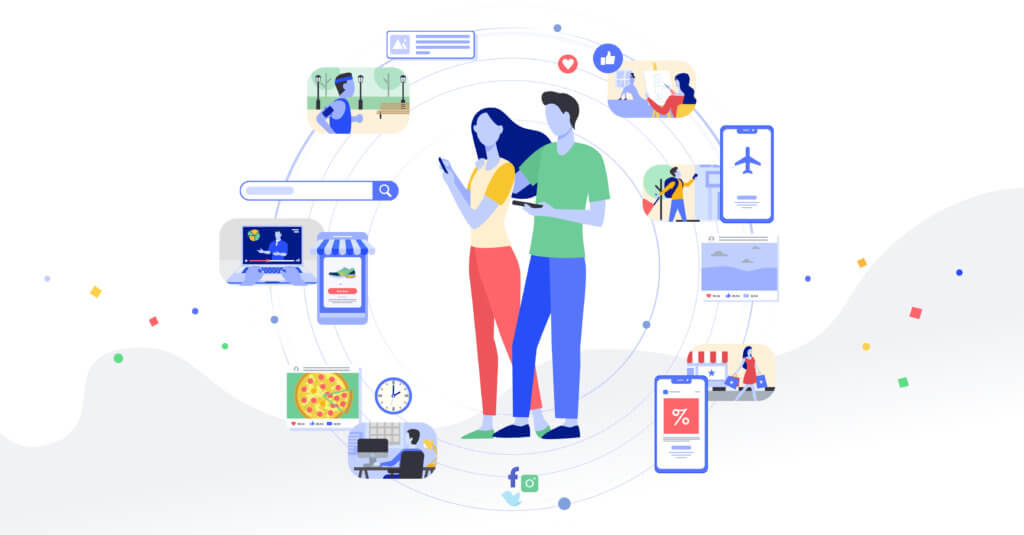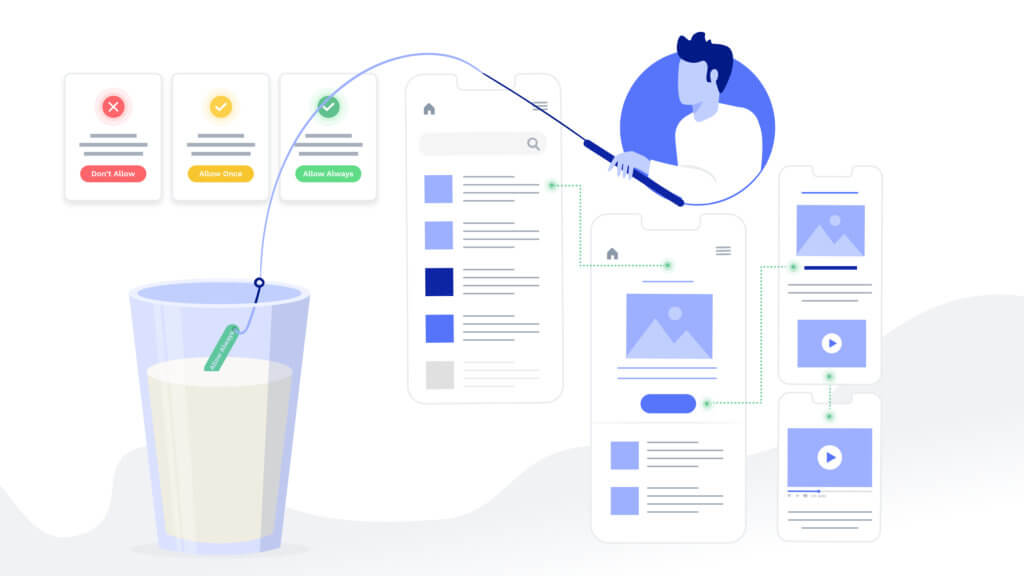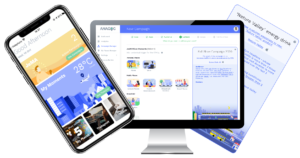Mobile App Permissions: The Game That is Yours to Lose. (Part 1)
2020 brought about major shifts in the manner in which mobile app stores limited how apps could unwittingly use and collect the personal data of their users and track them. These changes were met with apprehension by many app owners, who worried that it would make it much harder to obtain user permission to access location, motion, network, device and other types of data. While there is no doubt that more controls have been implemented and more disclosures are required, obtaining permissions from your users to access their personal data in any way is still fundamentally about the relationship you share with them and the benefits they derive from granting such permissions. This means you are still in control if you go about it the right way.
There is no Reward for Impatience
The last 3 years of changes to app store policies can be summed up in three words: Opt-out is dead. Consumers in general, and mobile users in particular, are not averse to personalization or convenience or customized offers. They are, however, firmly against being rushed, bullied or tricked into giving up something they value and then having it used against their best interests. Early app store policies were too liberal, relying on app owners to be conscientious and ethical when handling personal data. Well, that didn’t go well. Now, the pendulum has swung the other way. Users now get to decide about everything and when it comes to personal data, the apps cannot do anything by default. That is not a bad thing, especially when apps consider the long-term implications that playing fast and loose with personal data can have on their customer relationship. And with the increasing costs of mobile user acquisition and the pain of churn and abandonment, companies MUST look beyond the short-term. If you have a good rationale for requesting access to their data, there will be time enough to explain it. Avoid rushing to request permissions immediately upon download, or as part of the onboarding process, with no context or reason.
Fishing in a Glass That’s Half Full
If your company is anxious of scaring away users due to highlighted requests for access to personal data, the simple fix is to wait for the users to come to you. The good news is that they are indeed your customers and by downloading your app they have demonstrated that they are interested in having a relationship. Now time is on your side. Creating hyper-personalized experiences for your customers is a win-win that many of them will accept, you just need to make sure you have communicated the value they will see. Whether you are requesting access to location data or motion and fitness, your request should be linked to the relevant feature. If obtaining “Always On” access will allow you to provide a better experience than having that access only “While In Use” (when the application is active in the foreground), take the time to explain the difference. Even if they don’t accept the first time, remain patient, and from time-to-time show them what they may be missing. Don’t pounce on them the first chance you get, dangle the bait, and wait for them to bite – only when they feel ready. If you do not scare them away, and as long as you are able to provide value, they will continue to be your customers. That means that time is on your side.
In our next post, we will discuss how to make sure the user’s Cost-Benefit Analysis for granting access to their personal data comes out in your favor so you can implement a mobile engagement strategy that has 100% coverage of your user-base


